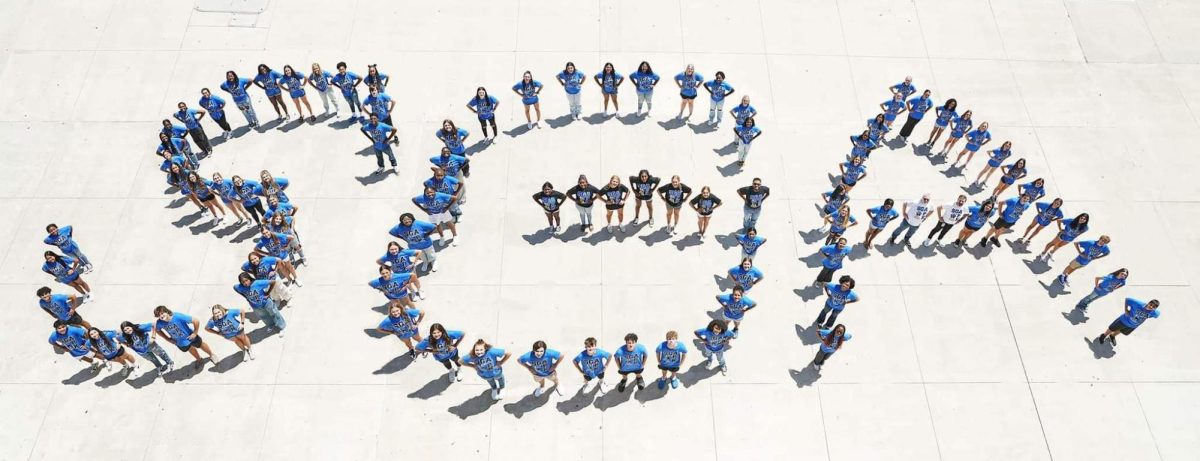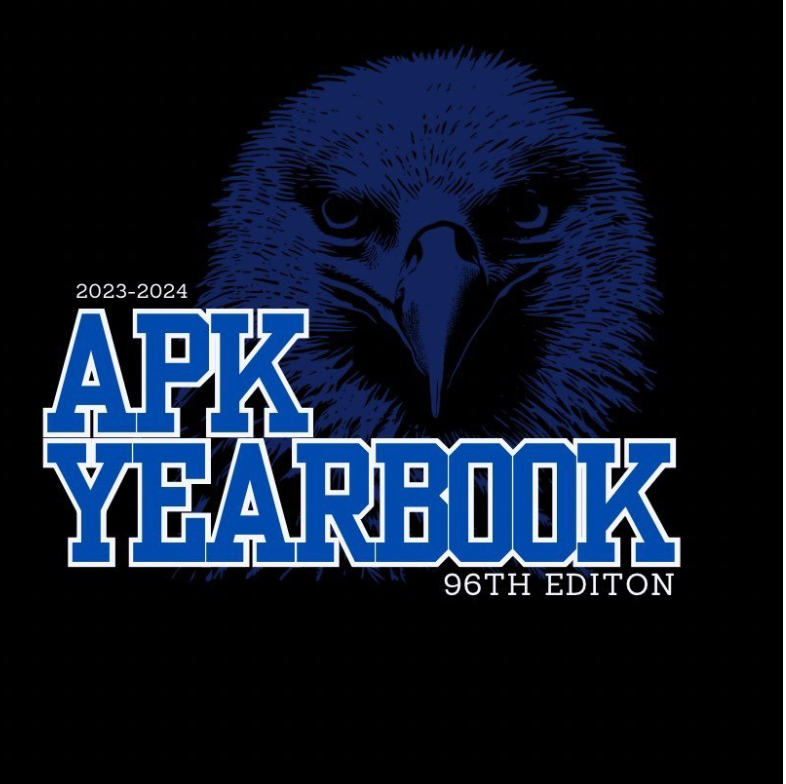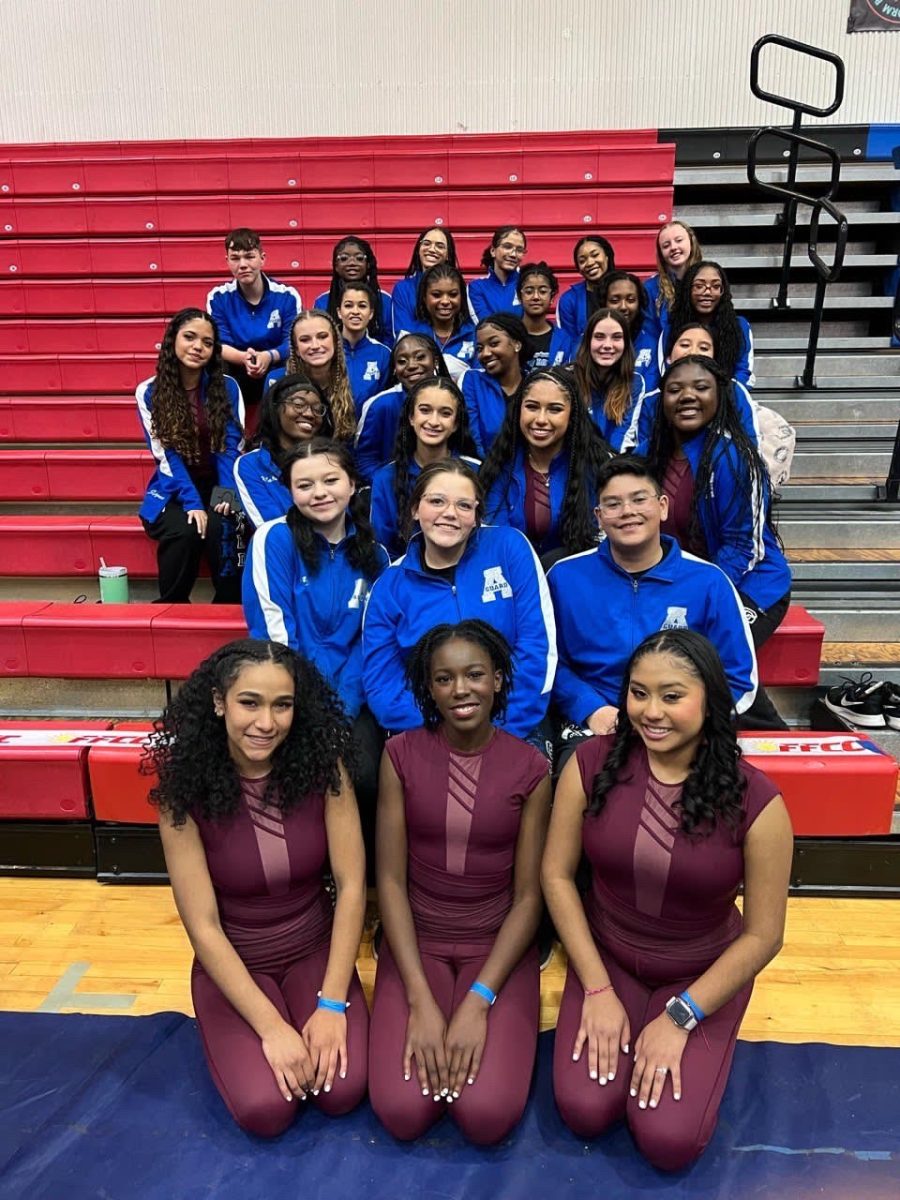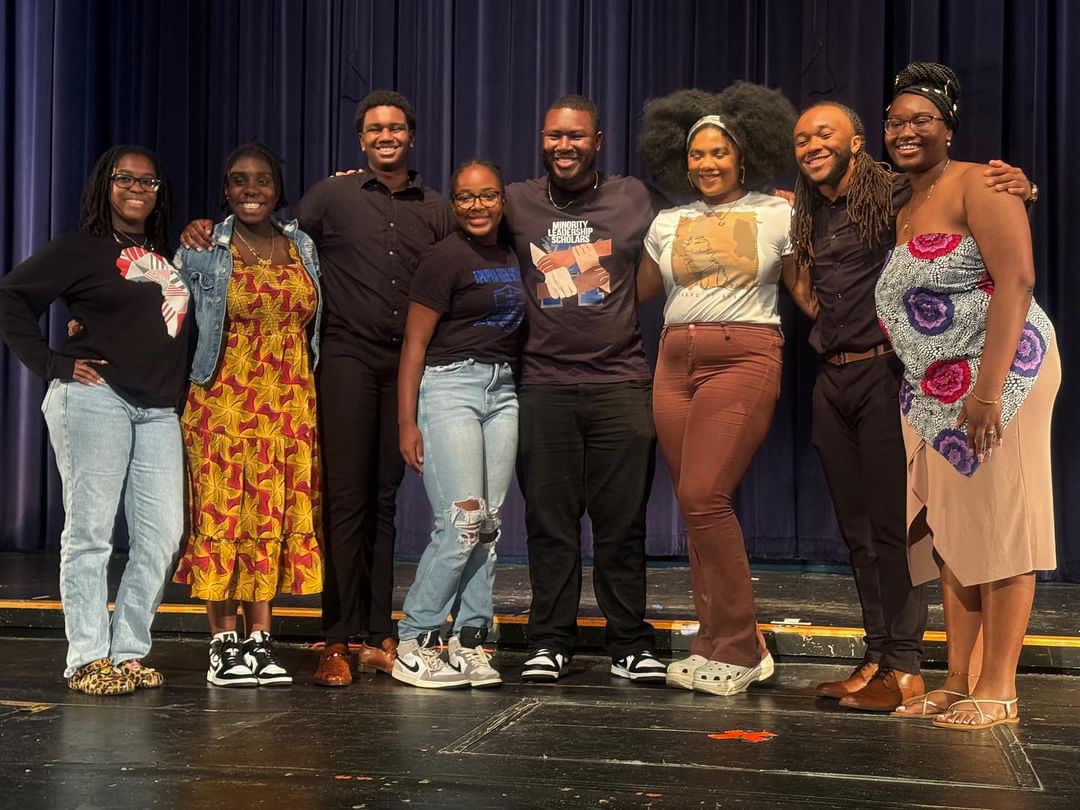Why aren’t guys as involved in clubs? More often than not, walking into an after-school club meets you with a female-dominated environment. The lack of testosterone is alarming, as the ratio of male to female students at Apopka is about even. However, this 50/50 split does not transfer into after-school activities. The Blue and White had the opportunity to dive deeper into this dilemma and uncover what is discouraging male students from getting involved.
Isiah Delgato, an involved junior, informed our newspaper staff that guys primarily “choose not to participate in clubs because they see it as a waste of time.” Yaidel Agostini (junior) added it’s “nerve-wracking to join a club with people you are unfamiliar with.” Joining a new activity can be seen as a leap of faith regardless of gender. Events like Club Rush were created to decrease the involvement gap. Recently held during lunches, Club Rush exposed Apopka students to various extracurricular activities. Josh Washington, a senior, advocates that “no clubs are just for boys” and that every student has an equal opportunity to join any club.
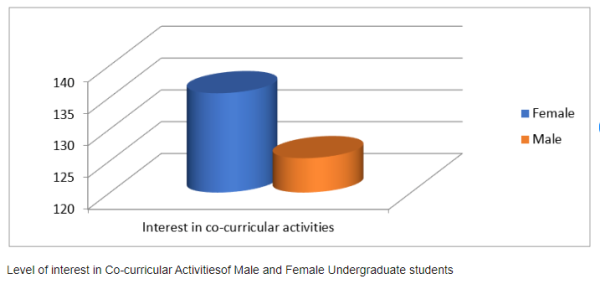
Academic Clubs
Junior Cesar Garcia-Camacho recognizes a stigma depending on the club. For example, choosing academic clubs over sports may make a guy seem “less of a man.” Cecil Pham (junior) elaborates that there is an existing stereotype: “We see more guys heading to try out for a sport rather than sit down in an English Honor Society meeting.” In academic clubs, there tends to be a discrepancy in male involvement. Honor societies geared towards STEM majors see a greater turnout of male students. For example, Mu Alpha Theta, the math honor society, has a majority of male members. Tracing back to the predominantly male engineering magnet, students often participate in clubs that complement their career path. There is a visible difference in male turnout in Mu Alpha Theta compared to clubs like the National English Honors Society. With only 2-3 boys frequently attending meetings, NEHS seems to appeal more to the female populace. Though not explicitly stated, we can infer this difference to be the choice in the career path of a man versus a woman. This isn’t to discredit female involvement, as we all know that women in STEM are growing exponentially both at Apopka High School and in practice. (Yes, we love women in STEM!)
Social Extracurriculars
At Apopka High, social clubs see an influx of female involvement. In the Junior Class Council, every leadership officer is female, and only a handful of regular club members are male. Similar to this year’s outcome, the Sophomore Class Council of 2022-2023 had a female-dominated leadership team. However, this year’s SCC brings forth new horizons with President Brock Shapiro (sophomore) leading the club through meetings and events.
Additionally, ASIA, a club celebrating Asian heritage, is run by a male president (Colin Poon, 11th grade) as well as a respectable ratio of male-to-female officers. Out of the general club members, both males and females attend meetings and engage in thoughtful discussions about Asian culture. Supporting these findings, Sophomore Brock Shapiro advocates there are options “for anyone searching to be involved.”
Responsibilities Outside of School
Students are also participating in activities outside of school organizations. We were informed that Jonathan Chen, a junior at Apopka High, works two jobs leaving little time for club involvement. Simply put, school involvement is often not a priority for many students at APK.
Club Recommendations
If you are looking to get involved and don’t know where to start, here are a few suggestions (from the interviewees):
- Ping Pong
- Best Buddies
- Karaoke Club
- Rho Kappa
- Key Club
- Science National Honors Society
Sources
Infographic: https://www.researchgate.net/figure/Level-of-interest-in-Co-curricular-Activitiesof-Male-and-Female-Undergraduate-students_fig2_367451927

